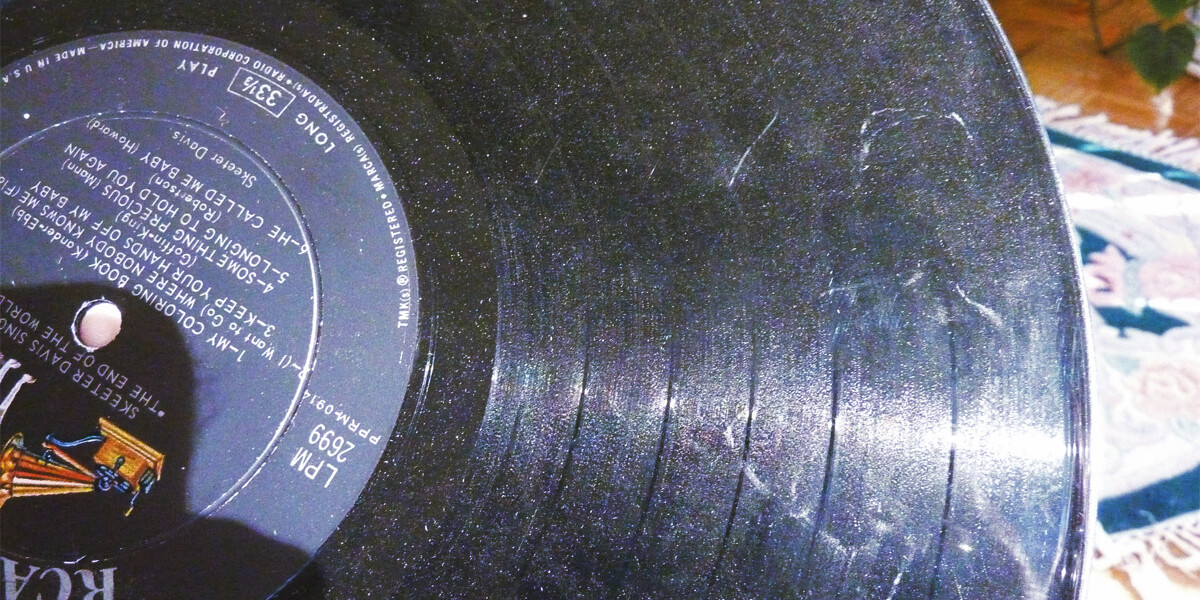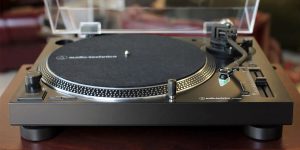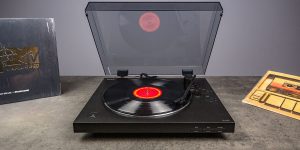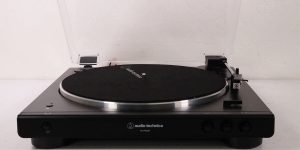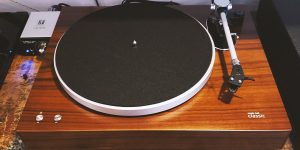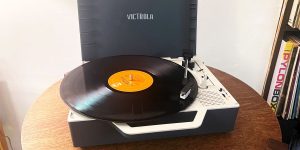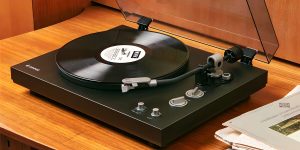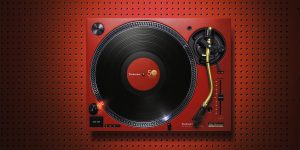Have you ever been immersed in the soothing sounds of your favorite vinyl, only to be jolted out of your reverie by an unexpected vinyl record skipping? It’s a frustrating experience, to say the least, and one that can leave you wondering what went wrong.
I’m here to help you uncover the reasons behind those pesky skips and offer solutions to restore your records to their former glory. So let’s dive in.
Possible causes of a record skipping

Dust and debris on the record
One of the most common reasons behind a skipping record is the presence of dust and debris on its surface. These tiny particles can create friction between the stylus and the record grooves, causing skips and potentially damaging your vinyl.
Worn or damaged stylus (needle)
Another key factor that can lead to record skipping is a worn or damaged stylus. The stylus is a delicate needle that traces the grooves of your vinyl, and over time, it can become worn, bent, or damaged. A compromised stylus may struggle to accurately track the grooves, resulting in skips, jumps, or unwanted noise.
Incorrect tracking force
The tracking force, which refers to the downward pressure exerted by the stylus on the record, can also be a significant contributor to skips. If the force is too light, the stylus may not maintain consistent contact with the grooves, causing it to skip or jump. On the other hand, if the force is too heavy, it could damage the vinyl and the stylus itself.
Uneven surface or warping of the record
An uneven surface or warping of the record can cause skips, as it can create variations in the distance between the stylus and the groove. This can lead to the stylus losing contact with the groove or jumping to a different section altogether.
Issues with turntable speed
Another potential cause of record skipping is issues with turntable speed. If the turntable’s speed is too slow or fast, the stylus may not accurately track the grooves, resulting in skips or pitch issues. This problem can be caused by a faulty motor, worn-out belts, or other mechanical issues.
Other potential causes
I believe a few other causes of vinyl skipping are worth mentioning. Low-quality records, such as those with manufacturing defects, can have uneven grooves or other issues that cause skipping. Inadequate turntable setup, including incorrect tonearm height or placement, can also be to blame for vinyl reproduction issues. Furthermore, environmental factors such as excessive vibrations or electrical interference can affect playback quality and contribute to skips.
Troubleshooting steps
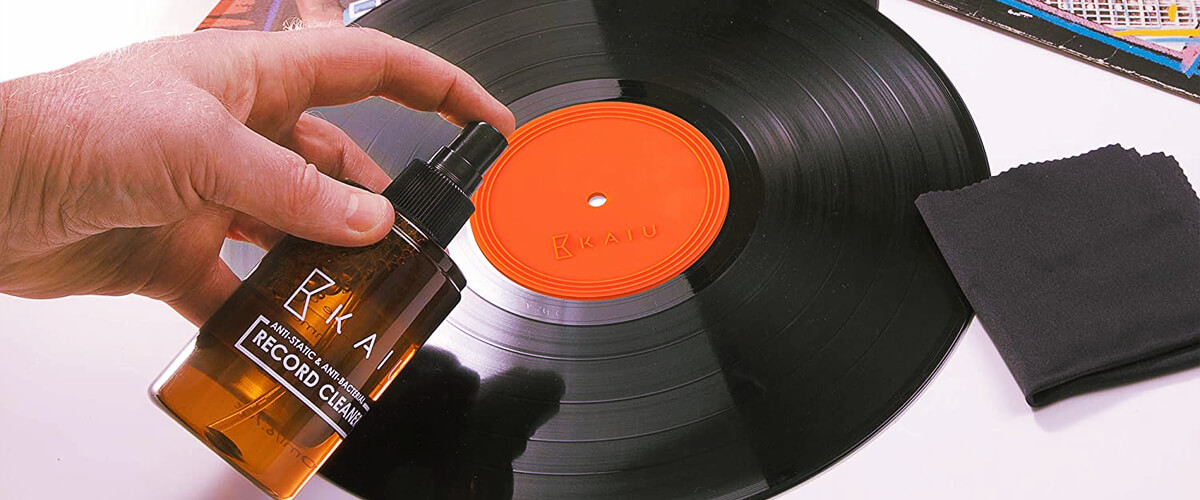
Start by examining the record and turntable for any visible issues
If your record is skipping, the first step is to inspect it and the turntable for any visible issues that may be causing the problem.
Inspect the record’s surface for dust, debris, or scratches that may be interfering with the stylus’s contact with the grooves. Also, check the turntable for proper speed, levelness, and any mechanical issues that may be in charge of record player skipping.
Check the stylus and cartridge for signs of wear or damage
If your record is still skipping after examining it and the turntable for visible issues, the next step is to inspect the stylus and cartridge for signs of wear or damage. Look for any visible signs of wear, such as a bent or damaged stylus or a worn-out cartridge. Even a tiny bit of damage can impact the stylus’s ability to track the grooves accurately, leading to skipping or other issues. So, as you notice any signs of wear, replace the stylus or cartridge promptly.
Adjust the tracking force to the recommended setting
Didn’t the previous steps help you with the record-skipping fix? Then, adjusting the tracking force to the recommended setting will be your next step. Most turntables have a recommended tracking force range listed in the manual. Bringing the stylus’s weight to the default parameters can help ensure it properly tracks the grooves. Be sure to use a tracking force gauge or scale to make the necessary adjustments accurately. If you’re unsure of the recommended tracking force for your turntable, consult the manual or seek assistance from a professional.
Use a strobe disc or app to test the turntable speed
Also, consider using a strobe disc or app to measure the speed accuracy of your turntable. If the speed is off, it can cause the stylus to track the grooves inaccurately, leading to skipping or pitch issues.
Try playing a different record to see if the issue persists
If you’ve tried all the above steps and still notice record skips, try playing a different record to see if the issue persists. If the new record plays correctly, the problem is likely with the original record, and it may need cleaning, repairing, or replacing. If it also skips, the problem is likely with your turntable or stylus, and you may want to seek professional assistance.
Get professional help
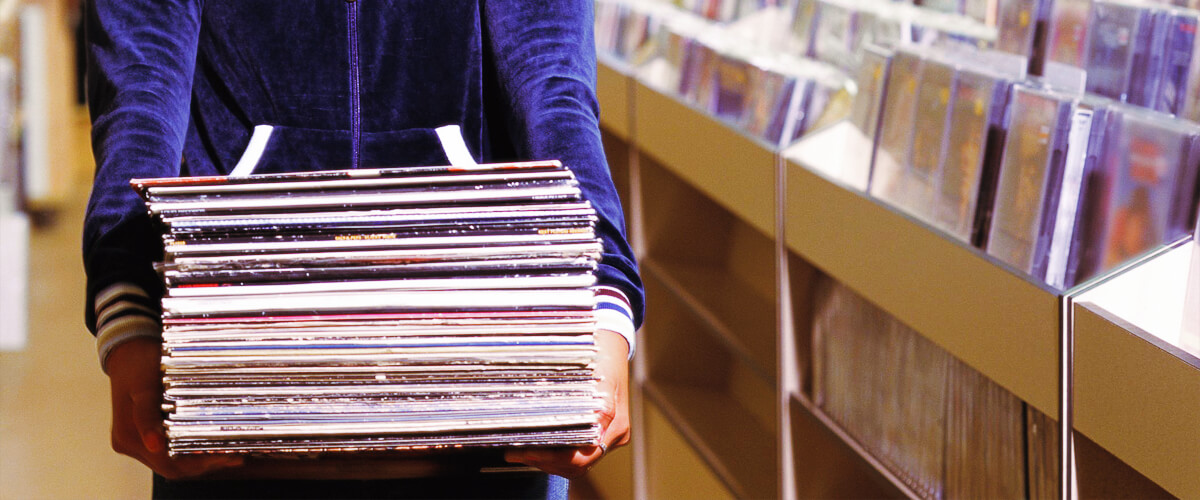
A turntable is a complicated device, and its repairs remain a mystery to many vinyl lovers. Don’t attempt to make complex repairs yourself, as this can potentially cause further damage. So, if the problem is out of your expertise, it’s better to ask professionals to help you achieve the desired playback. Turntable repair specialists will diagnose and repair any issues with your turntable, stylus, or cartridges that may be causing the problem.
FAQ
Is it normal for new vinyl to skip?
No, it’s not normal for new vinyl to skip. Instead, skipping is typically a sign of a problem with the record or turntable.
Does static on vinyl cause skipping?
It does. Static can create an uneven surface on the record, interfering with the stylus’s ability to track the grooves accurately.
Can you stop a vinyl while it’s playing?
You can stop a vinyl while playing, but it’s not recommended. Stopping the record abruptly can damage the stylus or the grooves on the record. It’s better to use the turntable’s stop button or lift the stylus gently to prevent damage.

